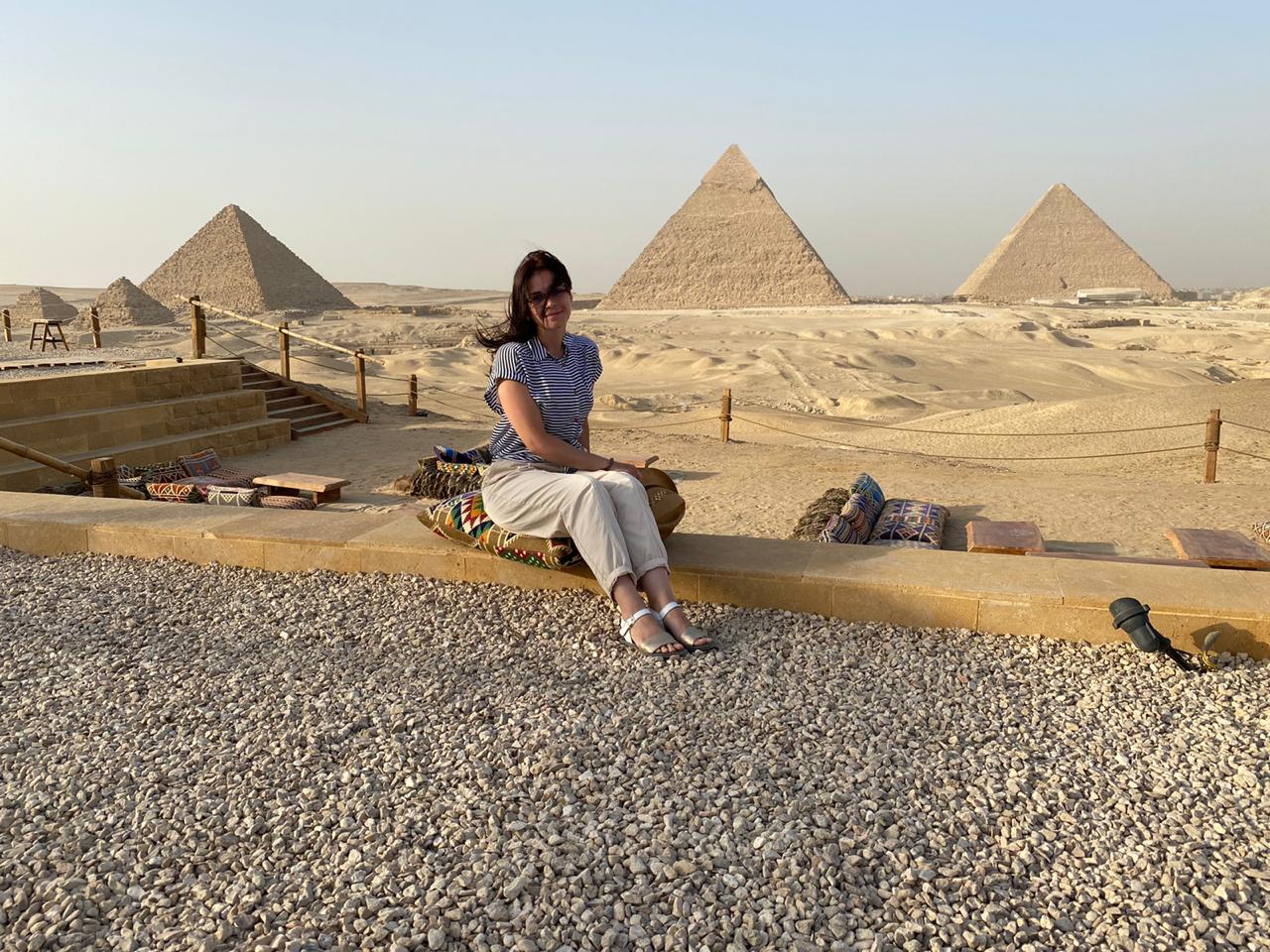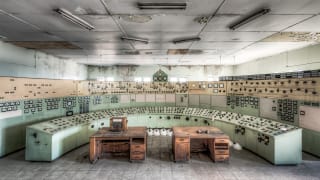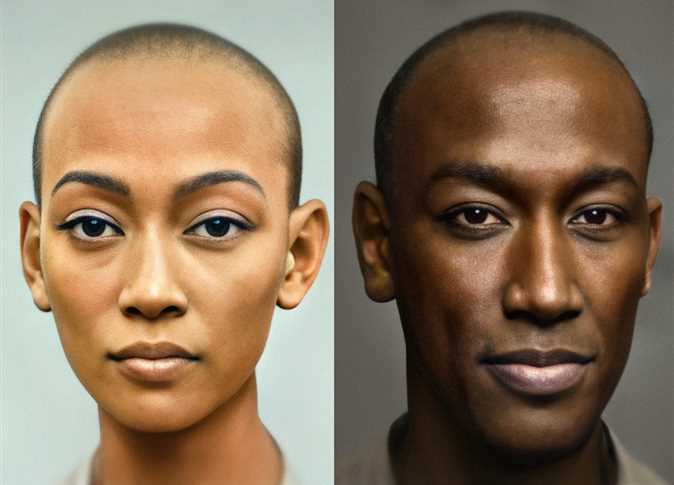In “The Shadow Line” photographic exhibition at el-Bab Gallery, contemporary Egypt is depicted in a way that harkens back to the work of early European photographers documenting Egypt for the first time.
At first glance, the new photographs by Nicolo Tassoni Estense seem like they could’ve been taken at any time in the past 100 years.
Egypt has played a consequential role in the history of photography. It was a destination for Europeans in the late 19th century when the popularization of photography coincided with increased archaeological interest in the country.
Attracted to its pharaonic past, a hand full of early photographers devoted themselves to capture the country’s antiquities on film for the first time.
Estense seems to draw his influence from those early photographers. In his artist statement, Estense describes "the light of Egypt" that inspires him as "the same light that attracted the first pioneers of photography, mesmerized by violent sun rays and blue skies.”
In addition to being a photographer, Estense serves as the economic counselor of the Italian Embassy in Cairo. “The Shadow Line” is organized by the Italian Culture Institute.
But this isn’t the first time Estense crosses over from diplomacy to art. A year ago, he exhibited photographs from his time posted in India at the Maulana Azad Centre for Indian Culture in Cairo. Those photographs were in color, but to depict Egypt, Estense chose the drama and nostalgia of black and white. His photographs are full of shadows and shafts of light.
“The stronger the light, the stronger the contrast with shadows that seem to dig cruel lines and draw unexpected patterns,” writes Estense.
But in his hands, Egypt doesn’t seem to have changed since photography’s invention.
He photographs the architecture of Old Cairo and small shops with aging equipment. He also takes solemn portraits of farmers in Saqqara.
But the most striking example of Estense taking cues from the early photographers is an image of a shabby corner with a small chair and an old straw broom placed against a wooden door. Exhibited in a group of photographs titled “A Glorious Tale of Decay,” the setting of the image is almost identical to “Open Door,” one of the most iconic images by Henry Fox Talbot who invented the Calotype; a process that paved the way for modern photography.
Even if Estense wasn’t intentionally referencing one of the fathers of photography, he at the very least shares sensibilities with Fox Talbot, whose image was part of a series depicting rustic daily life.
While other images do not so overtly recall specific moments in photographic history, distaste for modernity is clearly visible. Estense filters out most clues that his photographs were taken in the 21st century.
In the “Cairo: The Call of the City Victorious,” collection, one photograph shows a policeman sleeping on his seat at the entrance of a grand room with vaulted ceilings and an arched doorway. Light streams in from a window above the doorway with a dramatic shaft of light slicing through the dark interior. The picture could have been taken in 1945 or 1995 or, as is the case, in 2011. The only hint that the image falls within the past 50 years rather than the past 100 is a white plastic lawn chair that sits by the doorway.
Estense’s photographs are precise, capturing natural light in the city with care and sensitivity. But beautiful as they are, they only add to common photography on Egypt that presents a rather Orientalist view of the country, emphasizing peasant life, ancient history, and shabby beauty.
His most successful photograph is one in which a young woman he photographs has slipped in a hint of contemporary Cairo. The image depicts two veiled girls conversing over a wrought-iron gate in Old Cairo. But upon closer examination, one of the women is seen photographing her friend using a small white cellphone. With the help of modern technology, the women are having their own photographic moment, reminding the viewer that a vast sea of photographic history lies between these images and the early photographs they refer to.
The Shadow Line is exhibited until 20 June at el-Bab Gallery, Museum of Modern Egyptian Art, Cairo Opera House Complex, Cairo.




